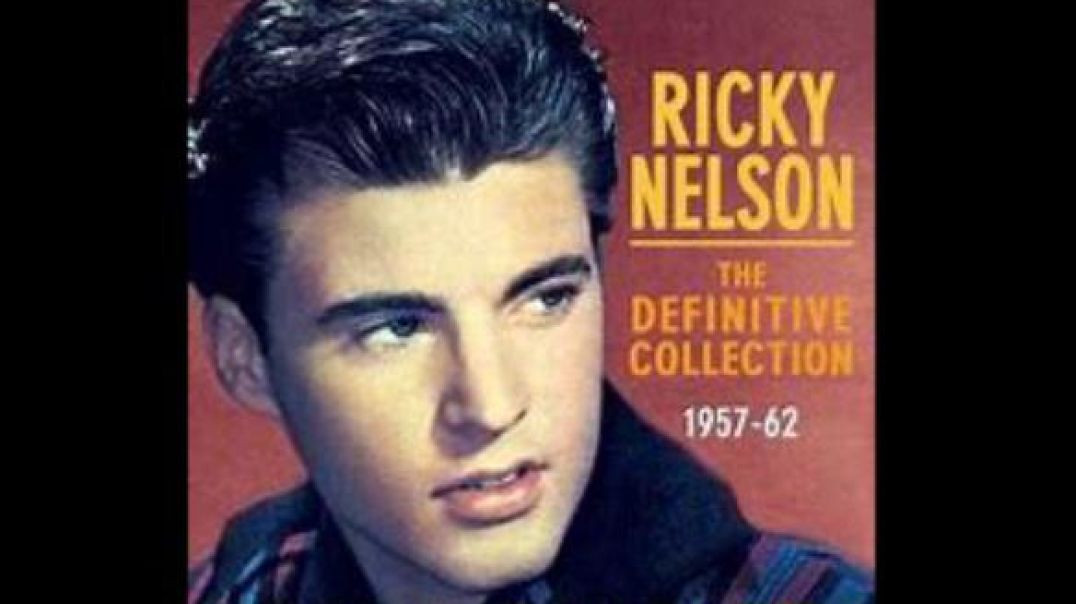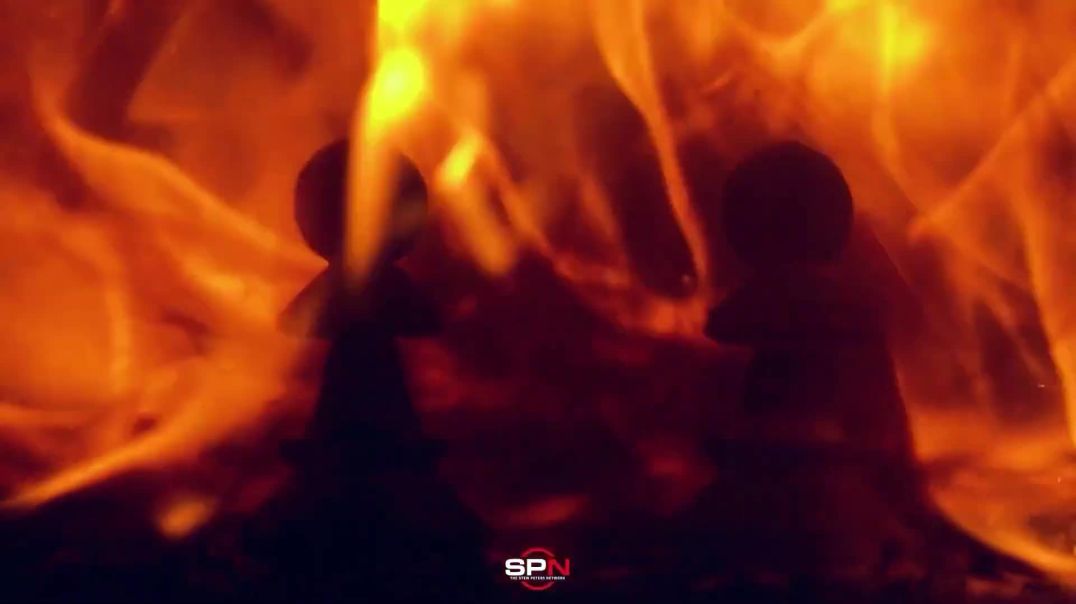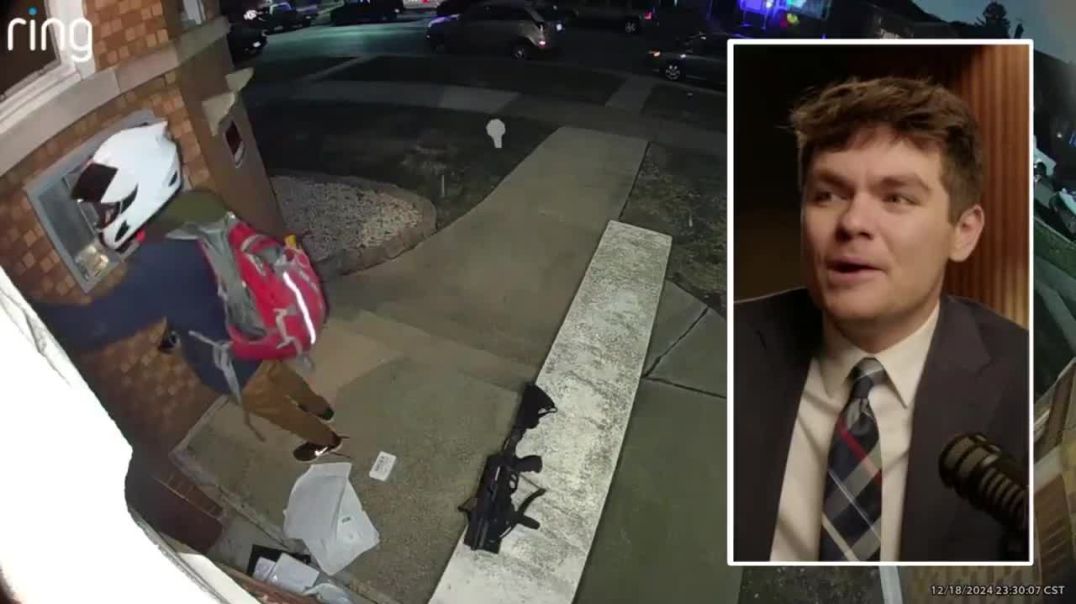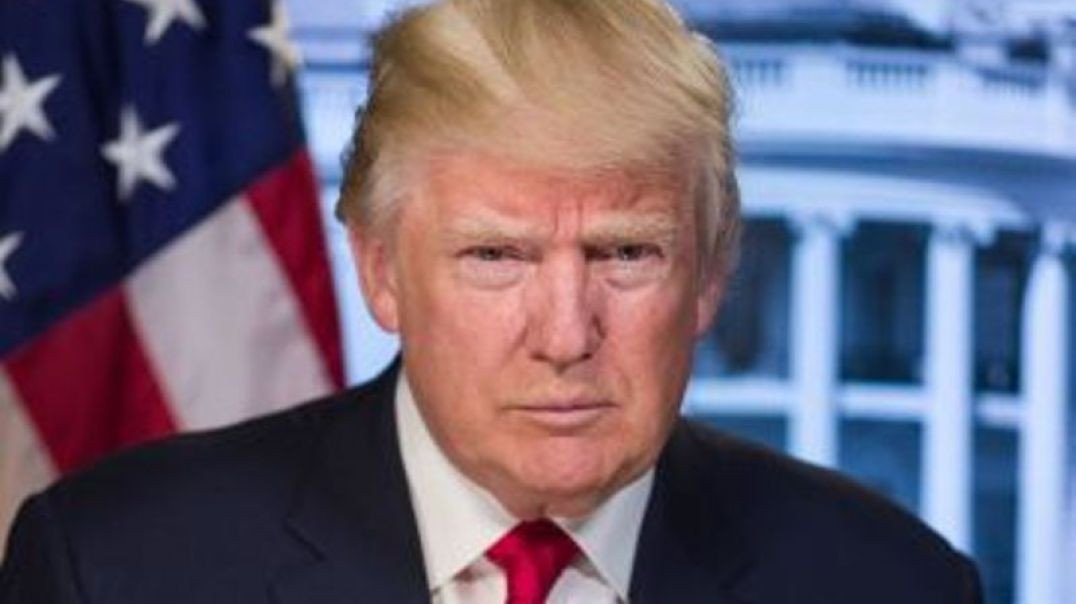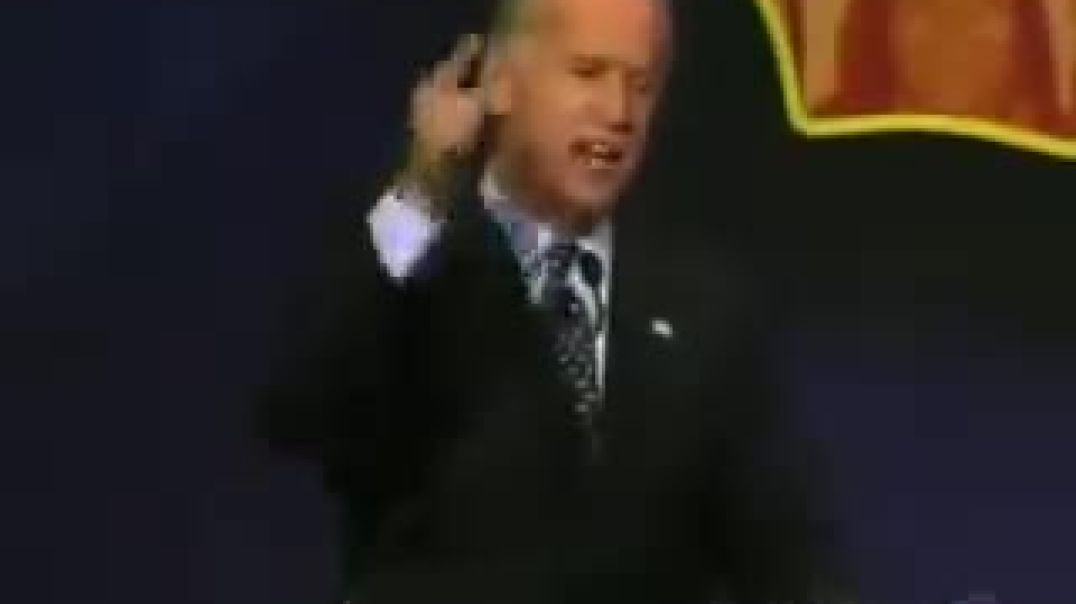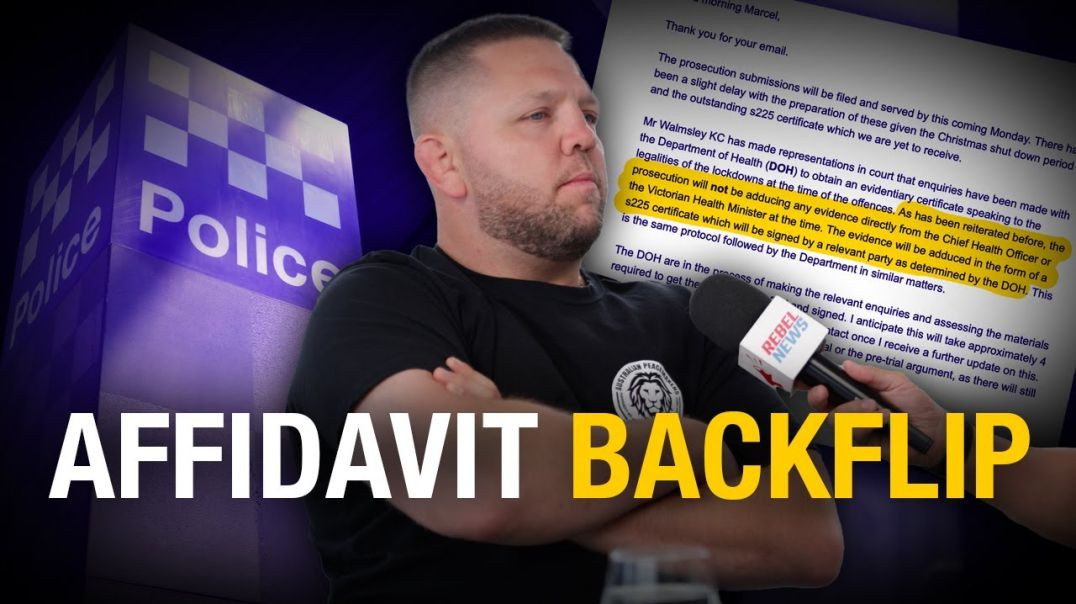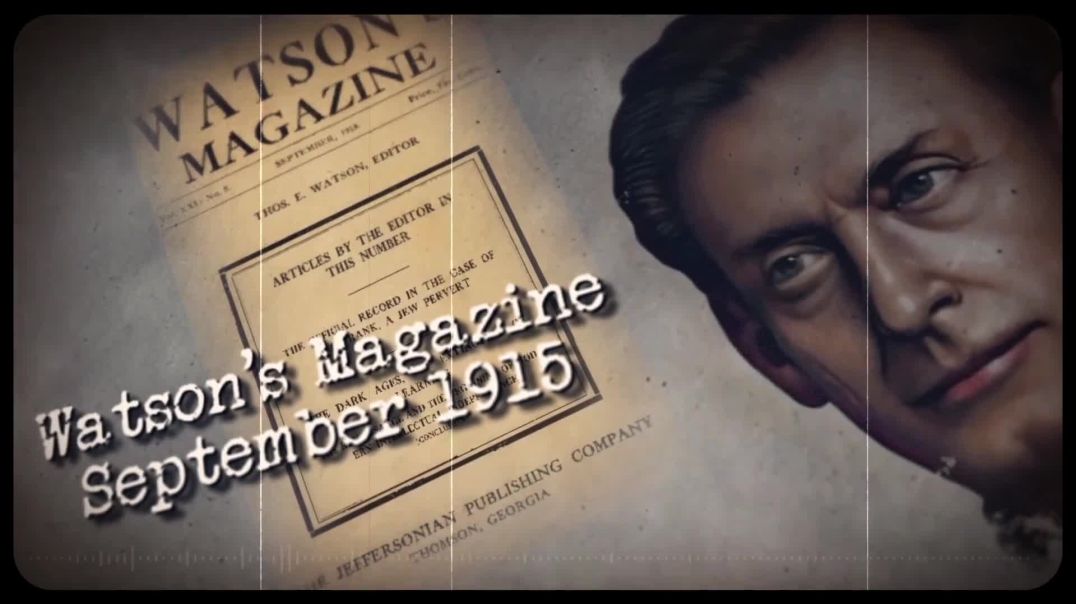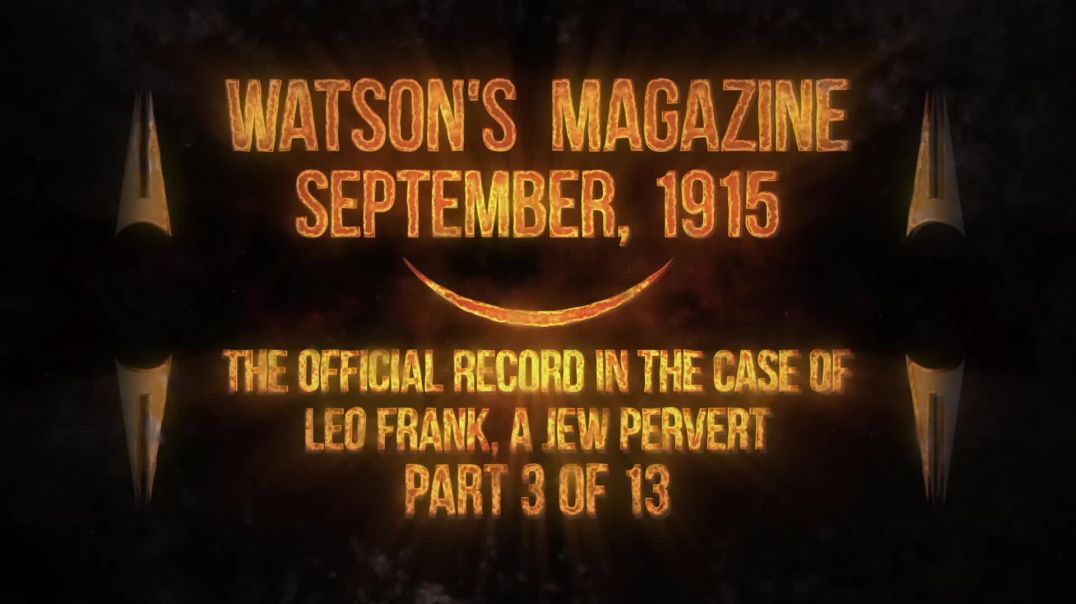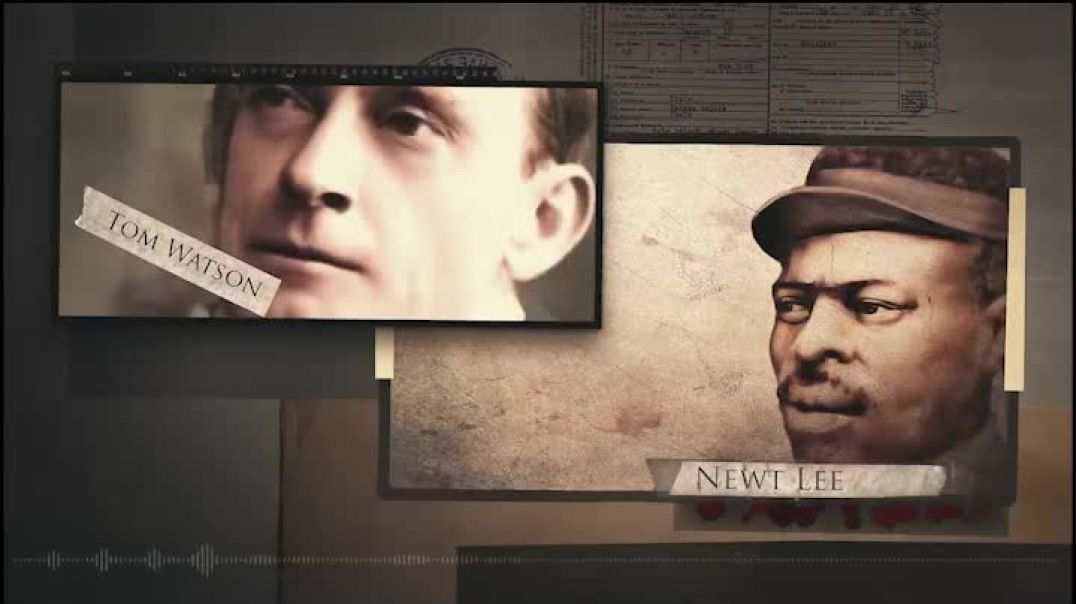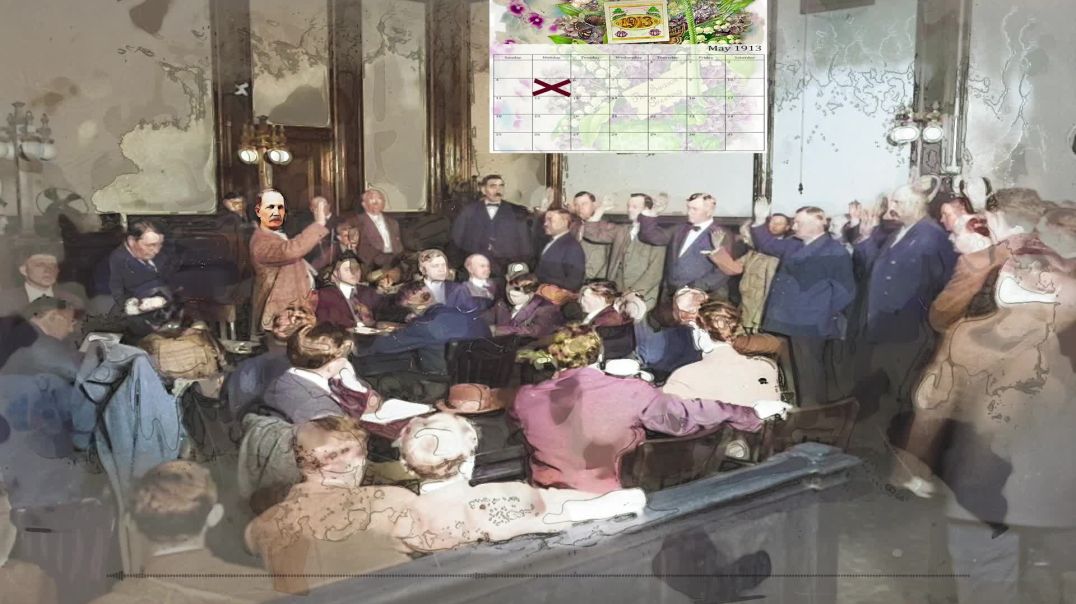Please donate now to help fund our work
The Murder Of Little Mary Phagan - Vanessa Neubauer - Chapter Four - The Case For The Prosecution
The Leo Frank case was convened in a temporary Atlanta courtroom on July 28, 1913, with 250 seats and 20 officers guarding the courtroom. The jurors, all white men and Atlanta residents, were chosen within 3 hours of the first morning of the trial. The defense used 18 of its 20 strikes without a cause while the prosecution used seven of the ten allowed. The twelve jurors were C.J. Bashard Pressman, I Hensley, Buggy Company, J. F. Higdon Building Contractor, Jefferies - Real Estate, Johenning Shipping Clerk, WF Medcalf Mailer, J.T. Osborne, Optician, Frederick V. L. Smith paying teller, D. Townsend paying teller, F.A. Windburn Railroad Claims agent, Al Weizby Cashier, M. S. Woodward - Cashier, King - Hardware. The Chief prosecutor, solicitor General Hugh A. Dorsey, was handsome and forceful, assisted by Frank Arthur Hooper and Edward A. Stevens. The defense was defended by Atlanta's two well known trial lawyers Special Assistant Solicitor Hooper described the State's case against Leo Frank, who was accused of premeditated rape of Mary Phagan. He alleged that Frank had seduced and taken liberties with other young factory girls and had made unsuccessful advances to Mary Phagan. Several surviving family members have said that Frank harassed Mary Phagan and that she went home and told her mother several former National Pencil Company employees have also alleged that they heard Frank sexually harass Mary Phagan.
The state argued that Frank was alone in the office, gave Mary Phagan her pay envelope, then followed Mary to the medal room and made sexual overtures to her. He then strangled her and gave Conley $2.50 and then $200, but later had Conley return the money. Hooper singled out the expected testimony of Monteen Stover, who he claimed would contradict Frank's contention that he had been in his office continuously from 12:00 p.m. Mrs. J. W. Coleman, the mother of Mary Phagan, testified that she last saw her daughter alive on April 26, 1913. A court officer drew forth a suitcase and lifted out the dress and shoes that Mary Phagan had worn when she last saw her.
Fanny Phagan Coleman identified the clothing of her murdered daughter by covering her eyes with a palm fan and sobbing. At that time, few women attended court trials except for those related to the victim or the defendant. Fanny Phagan Coleman and Ali May Phagan attended the trial, as well as Lucille Selig Frank, Frank's wife, and Mrs. Ray Frank, his mother. When asked for her thoughts by a reporter for the Atlanta Journal, Fanny Phagan Coleman said she would rather not talk about it. This silence caused the rest of the Phagan family not to speak of the trial for the next 70 years.
The narrator went out of the door and stayed until four minutes to six. When he returned, the doors were unlocked and the narrator went to Mr. Frank to change the slip. It took him twice as long as the other times he saw him fix it. When Mr. Frank put the tape in, the narrator punched and went on downstairs. Mr. Gantt came from across the street from the beer saloon and asked for a pair of old shoes to have fixed.
Mr. Frank ran into Gantt unexpectedly and asked him to help him find them. The narrator went up there with Mr. Gantt and found them in the shipping room. Mr. Frank phoned the narrator that night about an hour after he left. He asked if everything was all right and said goodbye. The narrator is a police officer who has been assigned to investigate the murder of a man named Gantt.
On Saturday night, the narrator goes to the building and finds a light on the street floor and a light in the basement. The narrator lit the light at 06:00 and made their rounds regularly every half hour. When 03:00 comes, the narrator discovers a body in the basement and calls up the police station. The narrator then carries the officers down where they find the body. The narrator then tries to get Mr. Frank, but he does not answer.
The most important details in this text are the events leading up to Newt's arrest. On Sunday morning, Newt saw Mr. Frank in the office and was handcuffed to a chair. On Tuesday night, April 29, Newt had a conversation with Mr. Frank at the station house and was handcuffed to a chair. When Mr. Frank came out of his office that Saturday, he was looking down and rubbing his hands. When defense attorney Rosser Cross examined Lee, the witness said that the locked double doors inside the entrance to the building were unlocked. When the prosecution called Sergeant L. S. Dobbs to the stand, he testified that he had never seen Mr. Frank rubbing his hands that way before.
The most important details in this text are the statements made by two witnesses to the murder of Mary Phagan. Albert McKnight, the husband of Frank's Cook, Minola McKnight, testified that between one and 02:00 on Memorial Day he was at the home of Mr. Frank to see his wife. On cross examination, McKnight stated that he saw Frank in the mirror in the corner and that he could not tell who was in the dining room without looking through the mirror. Ms. Helen Ferguson, a friend of the murdered girl, testified that she saw Mr. Frank Friday, April 25, about 07:00 in the evening and asked for Mary Phagan's money. Mr. Frank said he couldn't let her have it, and before he said anything else, she turned around and walked out.
Ms. Ferguson stated that she had gotten Mary's money before and did not remember if Mr. Schiff was in the office when she asked Frank for Mary's pay. By number three, medical experts had different contentions about the question of Mary Phagan's rape. All agreed that there had been a savage struggle after which the girl was strangled. According to the undertaker, there was a two and one half inch wound on the back of the victim's head, exposing part of the skull. The county physician, Dr. J. W. Hurt, testified that the head wound was induced by a blunt edged instrument and occurred before death.
Dr. H. F. Harris, the medical examiner, stated that Mary Phagan's vagina showed evidence of violence before death due to internal bleeding and the epithelium was pulled loose from the inner walls and detached in some places. Nowhere in the testimony can it be found that Mary Phagan was bitten on her breast. Pierre Fonpassen, who had studied the evidence and x rays of the Frank case in 1922, reported that he found x ray pictures showing the girl had been bitten on the left shoulder and neck before strangulation. Dr. Harris asserted that she had eaten her last meal of bread and cabbage approximately one half to three quarters of an hour before she died. C.
B. Dalton, the man whom Jim Conley alleged brought women with Leo Frank to the factory for immoral purposes, took the stand. He stated that he had visited the National Pencil Company three, four or five times and had been in the office of Leo M. Frank. He also mentioned Daisy Hopkins again, but did not remember the first time he was in Mr. Frank's office. The most important details in this text are that the narrator has been to Mr. Frank's office several times this year, and that he had Coca Cola, lemon and lime and beer in his office. On Redirect examination, Dalton stated that Frank had Coca Cola, lemon and lime and beer in his office.
He admitted that he had served time in the chain gang in 1894 for stealing, but claimed that it had been almost 20 years since he had been in trouble. Mel Stanford, who had worked for Frank for two years, testified that he swept the whole floor in the metal room on Friday, April 25. On Monday, the narrator found a spot that had some white hascalline over it on the second floor near the dressing room that wasn't there Friday.
The most important details in this text are the testimony of Jim Conley, a short, stocky black man who was a sweeper at the pencil factory. He testified that he had a conversation with Mr. Frank on Friday, 25 April, and that he wanted him to come to the pencil factory on Saturday morning at 830 to do some work on the second floor. He also testified that he always stayed on the first floor and watched for Mr. Frank while he and a young lady would be up on the second floor chatting. When young ladies would come there, he would sit down at the first floor and watch the door for him. On Thanksgiving Day, he watched for Mr. Frank.
On Thanksgiving Day, 1912, a tall, heavy built lady came to the Capital City Laundry to see her mother. The narrator and Mr. Frank met at the door and he asked the narrator to watch for him. The narrator went to the corner of Nelson and Forsyth Street and saw Mr. Frank as he passed by. The narrator was standing on the corner and Mr. Frank was coming up Forsyth Street towards Nelson Street. Mr. Frank asked the narrator to wait until he came back from Montague's factory.
The narrator was standing on the corner and Mr. Frank came out Nelson Street and down Forsyth Street towards the pencil factory. Mr. Frank and the narrator were passing a grocery store when a young man with a paper sack and his baby stood by the side of him. Mr. Frank said something to the narrator and hit up against the man's baby. Mr. Frank then stopped at Curtis's Drugstore and went into the soda fountain. When they got to the factory, Mr. Frank stopped the narrator at the door and put his hand on the door and turned the knob and said, "You see, you turn the knob just like this and there can't nobody come in from the outside".
Mr. Frank tells the narrator to push a box up against the trash barrel and sit on it. He then tells the narrator to shut the door and come upstairs to Mr. Darley's office to borrow some money. The narrator does as he is told, but Mr. Frank hits the narrator with a blow on his chest and tells them not to let Mr. Darley see them. The narrator refuses to let Mr. Darley see them.
The most important details in this text are that the narrator saw Mr. Darley, Miss Maddie Smith, Negro Draymond, Mr. Quinn, and Miss Mary Perkins. The narrator then went to Nelson and Forsyth Street and saw Mr. Darley, Miss Maddie Smith, Negro Draymond, Mr. Quinn, and Miss Mary Perkins. The narrator then went to Nelson and Forsyth Street and saw Mr. Darley, Miss Maddie Smith, Negro Draymond, Mr. Quinn, and Miss Mary Perkins. The narrator then went to Nelson and Forsyth Street and saw Mr. Darley, Miss Maddie Smith, Negro Draymond, Mr. Quinn, and Miss Mary Perkins. The narrator then went to Nelson and Forsyth Street and saw Mr. Darley, Miss Maddie Smith, Negro Draymond, Mr. Quinn, and Miss Mary Perkins.
The narrator then went to Nelson and Forsyth Street and saw Mr. Darley, Miss Maddie Smith The most important details in this text are that the narrator saw Miss Monte Stover, who had on a pair of tennis shoes and a raincoat, come in and stay there for a while. After she left, someone from the metal department came running back upstairs on their tiptoes. The narrator then heard Mr. Frank whistling and unlocked the door and went up the steps. Mr. Frank was standing at the top of the steps and shivering and trembling with a rope in his hands and a long, wide piece of cord. He had a little rope in his hands and a long, wide piece of cord in his hands, and his eyes were large and looked funny out of his eyes.
He had a cord in his hands just like this one cord. The narrator then went back to the office to see if the little girl's work had come, but she refused and the narrator struck her too hard and she fell and hit her head against something. The narrator has seen Mr. Frank in a position he hasn't seen any other man with children. He has seen him in the office two or three times before Thanksgiving, where a lady was sitting down in a chair with her clothes up to his knees. He has also seen him in the packing room with a young lady lying on the table.
When the narrator returns, they find the lady dead with a rope around her neck and a cloth tied around her neck. The narrator notices the clock and tells him it is four minutes to one. The narrator returns to the cotton box to find the girl dead. Mr. Frank tells the narrator to go back there and get a piece of cloth to put around her and bring her up. The narrator looks around the cotton box and gets a piece of cloth and goes back to the cotton box.
The girl is lying flat on her back and her hands are out. The narrator puts both of her hands down and rolls her up in the cloth and takes the cloth and tie her up and starts to pick her up.
The most important details in this text are that the protagonist is willing to help Mr. Frank because he is a white man and the superintendent of the school. Mr. Frank dictates the notes to the protagonist, who is willing to do anything to help him because he is a white man and his superintendent. The protagonist then takes a green piece of paper and tells Mr. Frank what to write on it. Mr. Frank then pulls out a roll of greenbacks and gives the protagonist $200 to buy a watchman for his wife. The protagonist then goes down to the basement and takes a lot of trash and burns the package in front of the furnace.
The protagonist is afraid to go down there by himself and Mr. Frank won't go down there with him. The most important details in this text are that Mr. Frank is a wealthy man in Brooklyn, and that the narrator is coming to get his money. He is going home to get dinner and will be back in about 40 minutes to fix the money. The narrator then goes to the beer saloon across the street and takes out two paper dollar bills and two silver quarters. He then buys a double header and drinks it.
The narrator then looks around at another colored fellow standing there and asks him if he wants a glass of beer. He says no. The most important details in this text are that the narrator was arrested on Thursday, May 1 and given tablets to write down what kind of boxes they had. Mr. Frank told the narrator what to write on the notes, and the girl's body was lying somewhere along number nine on the picture. The narrator dropped her somewhere along number seven and took an elevator on the second floor.
The box that Mr. Frank unlocked was right around the side of the elevator. The narrator was arrested on Thursday, May 1 and given tablets to write down what kind of boxes they had. Mr. Frank told the narrator what to write on the notes, and the girl's body was lying somewhere along number nine on the picture.
The most important details in this text are that the narrator was told to come back in about 40 minutes to do the burning, and that Mr. Frank went in the office and got the key to unlock the elevator. The notes were fixed up in Mr. Frank's private office, and the narrator never knew what happened to them. On Thanksgiving Day, the narrator saw a tall built lady in Mr. Frank's office, who had on a blue dress with white dots on it and a graying coat with kind of tails to it. On Thanksgiving Day, the narrator refused to write for the police the first time. Defense attorney Rosser spent three days attacking Conley's testimony, and Conley admitted to a number of arrests that had resulted in fines of nominal amounts for drunkenness or disorderly conduct and one sentence of 30 days for an altercation with a white man.
Rosser was able to show that Conley had a poor memory about everything except the murder and was repeatedly denounced by those who knew him as dirty, filthy, black, drunken, lying The most important details in this text are that Jim Conley, a native Mariettan reporter and journalist who covered the trial for the Atlanta Georgian, claimed it would have been impossible for Conley to fabricate the detailed account of what had happened and withstood the hours of cross examination. Conley may be telling the truth in the main, or he may be lying altogether, but he is one of the most remarkable Negroes that has ever been seen in this section of the country. As hour by hour the attorneys for the defense failed to entrap the Negro, the enormity of the evidence became apparent. Finally, the defense admitted that they had failed to entrap the Negro and asked that the evidence be stricken from the records. The Negro withstood the fire and Frank's attorneys are seeking to have the evidence expunged from the records.
The most important details in this text are that one state witness, Holloway, testified that he forgot to lock the elevator on Saturday when he left at 1145. He admitted that he had previously sworn twice that he did leave the elevator locked once in the affidavit he gave to Solicitor General Dorsey End. At the coroner's inquest, he stated that Frank got back from Montagues at about 11:00 and was in his office on the books. When he was leaving at 1145, he saw Corinthia Hall and Emma Clark coming towards the factory. He had seen blood spots on the floor, but he did not remember having seen the blood spots Barrett found.
He also said that cords like that used to strangle Mary Phagan could be found all over the place. He explained that he saw it a plank for Mr. Denham and Mr. White on the fourth floor and forgot about it when he remembered that he had forgotten to lock the elevator. Despite these few inconsistencies, he was forced to conclude that his family's evaluation of Leo Frank's culpability was accurate at that particular time. But he therefore shifted his focus to the defense's argument and made a pledge to himself to be fair in his evaluation of the facts.
